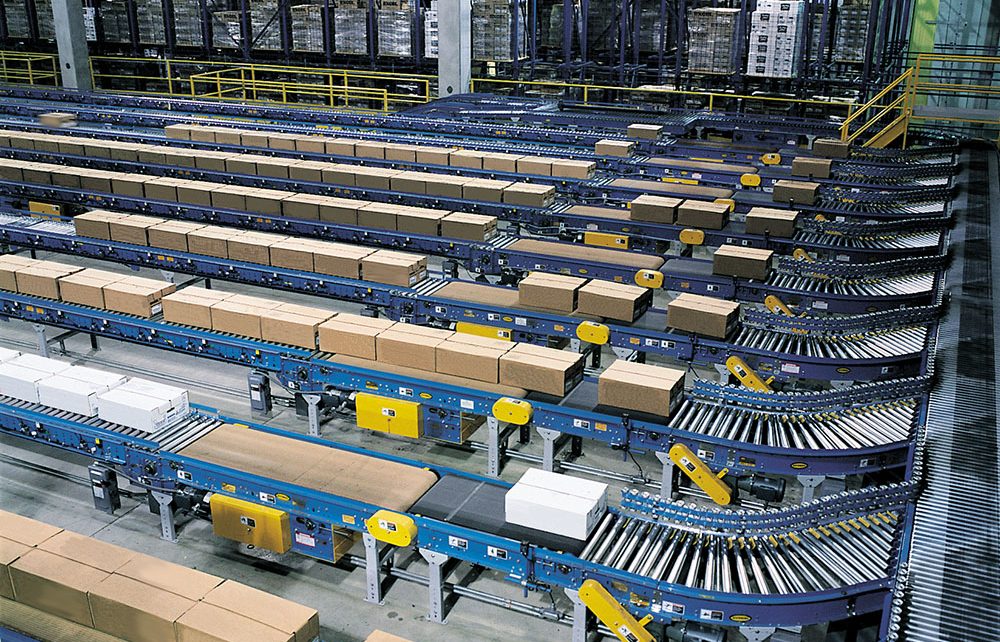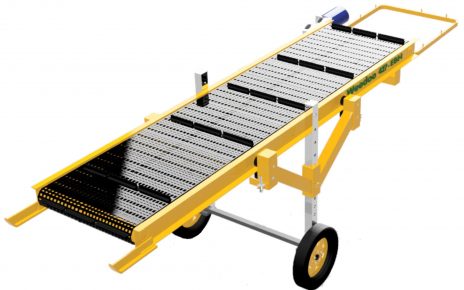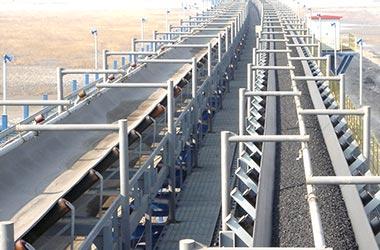The world is filled with conveyor belts. Taken along a system conveyor rollers, these remarkable components of technological innovation often go unnoticed and therefore are underappreciated, but the entire world would be a very different place without them. They are utilised for everything from moving heavy cases around shipping warehouses to the vital element in food making operations.
www.conveyorrollers.co.uk is regarded as a website that is loaded with lots of up to date information on motorised roller.
Deep within the Western Sahara, in the middle of nothing else but unwelcoming desert, stands the earth’s biggest conveyor belt system. It is so big actually, that it could be viewed from space. This huge structure expands over 61 kilometres and is used to carry phosphate stone throughout the desert.
The automated conveyor belt system begins its journey at the Bou Craa Phosphate Mine. Phosphate is required as a crucial agricultural fertiliser and this Moroccan-managed territory has around 85% of the world’s current reserves. Phosphate is sought after around the world and we all use up around Forty million tonnes each year, so it’s obvious why this kind of huge structure had to be created. The belt type is ST 2500 and it is only 80cm wide but has a peak transporting capacity of 2000 tonnes of crude phosphate rock per hour. The numerous conveyor rollers that comprise this system are essential to the smooth operation.
The Bou Craa phosphate mine was discovered in The late 1940s by the Spanish. The phosphate deposit found in the area were actually uncommonly close to the surface and were definitely of specially high purity, so it made it a great location to mine, despite the fact that mining did not entirely start before the 1960’s. Since the beginning of operations, the mine continues to expand and now covers an incredible 1,225 hectares. Its production in 2001 was 1.5 million metric tonnes of processed phosphate, an unusually huge proportion of the world’s supply from one mine.
The belt, which is functioning for longer than 30 years, ends its 61 kilometre journey at the El Aain shoreline where the load is processed and shipped. The belt isn’t enclosed and as time passes, drifting phosphate rock has been transported by the prevailing winds and miles of land south of the belt now appears completely white from space.
The Bou Craa conveyor belt has such a crucial role to play that in case it ever failed, food costs worldwide would noticeably raise as supplies of phosphate fertiliser would come to be scarcer. Who would have imagined a simple conveyor belt can be so fixed to the worlds food supply? With only a modest amount of overstatement, you might say that the conveyor rollers and belt contained in this particular system are what enables billions of people around the world to eat.
The Bou Craa conveyor is actually a feat of engineering and extraordinary. It really is improbable that we will see one more conveyor belt of similar proportions built in our lifetimes.





